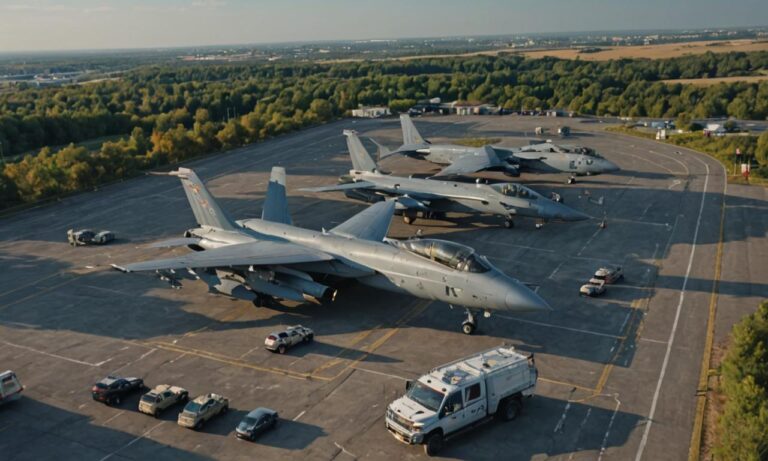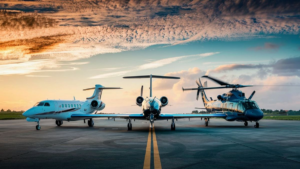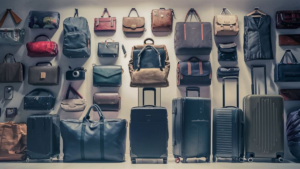When we talk about areas being “patrolled by aircraft,” we’re referring to a method of surveillance and monitoring that utilizes aircraft to cover a specific geographic area. This form of patrolling is commonly employed by military forces, law enforcement agencies, border security units, and even environmental conservation teams.
Understanding Aerial Patrolling
Aerial patrolling involves the use of aircraft, such as helicopters or fixed-wing planes, equipped with various technologies to observe and monitor the ground below. These aircraft can cover large areas efficiently and provide a unique vantage point from the sky.
Patrolling by aircraft serves several purposes:
- Surveillance: Aircraft can monitor activities on the ground, such as illegal border crossings, suspicious behavior, or environmental violations.
- Response: In case of emergencies or incidents, aircraft patrolling nearby can swiftly respond and provide assistance.
- Deterrence: The presence of aircraft overhead can deter criminal activities or unauthorized border crossings due to the fear of detection.
- Search and Rescue: Aircraft patrolling an area can quickly locate and assist individuals in distress, such as lost hikers or victims of natural disasters.
Technologies Used
To effectively patrol an area, aircraft are equipped with various technologies:
- Camera Systems: High-resolution cameras mounted on the aircraft capture images and videos of the ground below, allowing operators to observe activities in real-time.
- Infrared Imaging: Thermal imaging cameras detect heat signatures, enabling the identification of objects or individuals even in low-light or obscured conditions.
- Radar Systems: Radar equipment can detect moving objects on the ground, such as vehicles or vessels, and track their movements.
- Communication Systems: Aircraft are equipped with communication devices to relay information to ground control or other relevant authorities.
Applications
Patrolling by aircraft is utilized in various domains:
- Military Operations: Military aircraft patrol borders, coastlines, and conflict zones to gather intelligence, monitor enemy activities, and provide support to ground forces.
- Law Enforcement: Police helicopters patrol urban areas to assist in crime prevention, pursuit of suspects, and search operations.
- Border Security: Aircraft patrol international borders to prevent illegal immigration, smuggling, and other transnational crimes.
- Environmental Monitoring: Conservation agencies use aircraft to survey wildlife populations, detect poaching activities, and monitor protected areas.
Patrolling by aircraft is a vital tool for maintaining security, safety, and environmental protection. By leveraging the capabilities of aircraft and advanced technologies, authorities can effectively monitor and respond to various situations, ensuring the well-being of communities and the preservation of natural resources.
Cost Considerations
While aerial patrolling offers numerous benefits, it’s essential to consider the costs associated with maintaining aircraft, training personnel, and operating sophisticated surveillance equipment. Budget constraints may influence the frequency and extent of aerial patrols conducted in a particular area.
Cost Efficiency Analysis
Assessing the cost efficiency of aerial patrolling involves analyzing factors such as the area covered per flight hour, the effectiveness of surveillance technologies in detecting and deterring threats, and the comparative costs of alternative monitoring methods, such as ground patrols or stationary surveillance systems.
| Cost Factor | Considerations |
|---|---|
| Aircraft Maintenance | Regular maintenance and repairs are necessary to ensure the airworthiness of patrol aircraft. |
| Personnel Training | Training pilots and surveillance operators requires investment in specialized programs and ongoing skill development. |
| Technology Upgrades | Keeping surveillance equipment up-to-date with advances in technology may incur additional costs. |
| Fuel and Operational Expenses | Fuel costs, airspace fees, and other operational expenses contribute to the overall cost of aerial patrolling. |
Frequently Asked Questions
- How frequently are aerial patrols conducted?
- What measures are in place to ensure the safety of aircraft and personnel during patrolling missions?
- Can civilian organizations request aerial patrols for specific purposes, such as event security or disaster response?
- How do environmental factors, such as weather conditions, impact the effectiveness of aerial patrolling?
- Are there regulations governing the use of aerial surveillance techniques to protect privacy rights?
See also:






